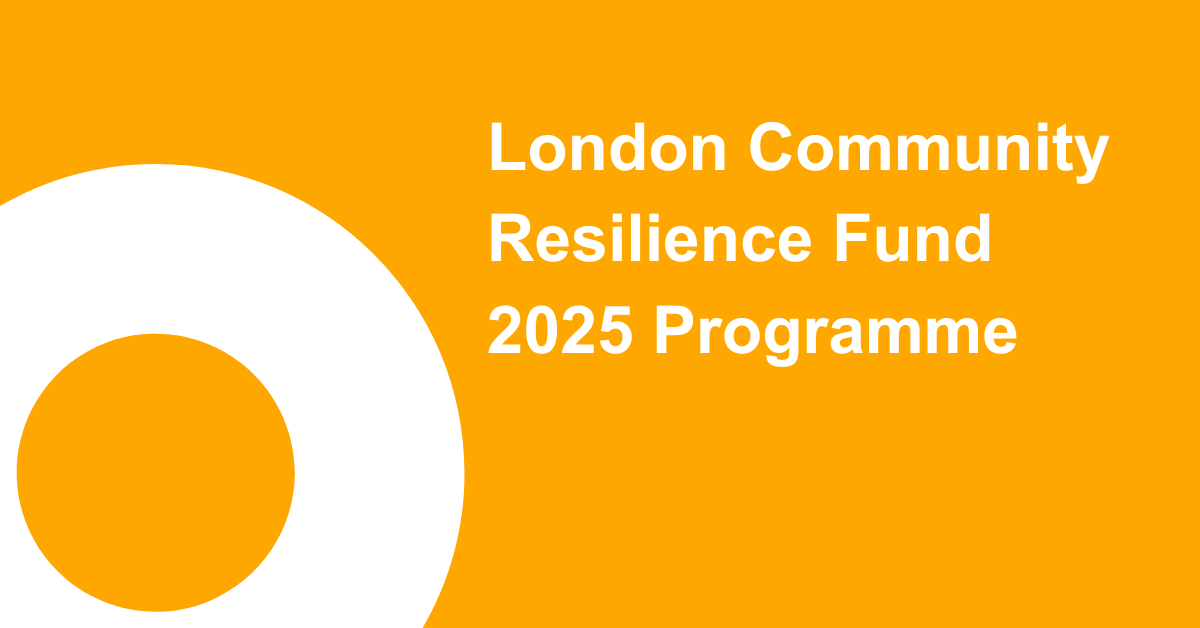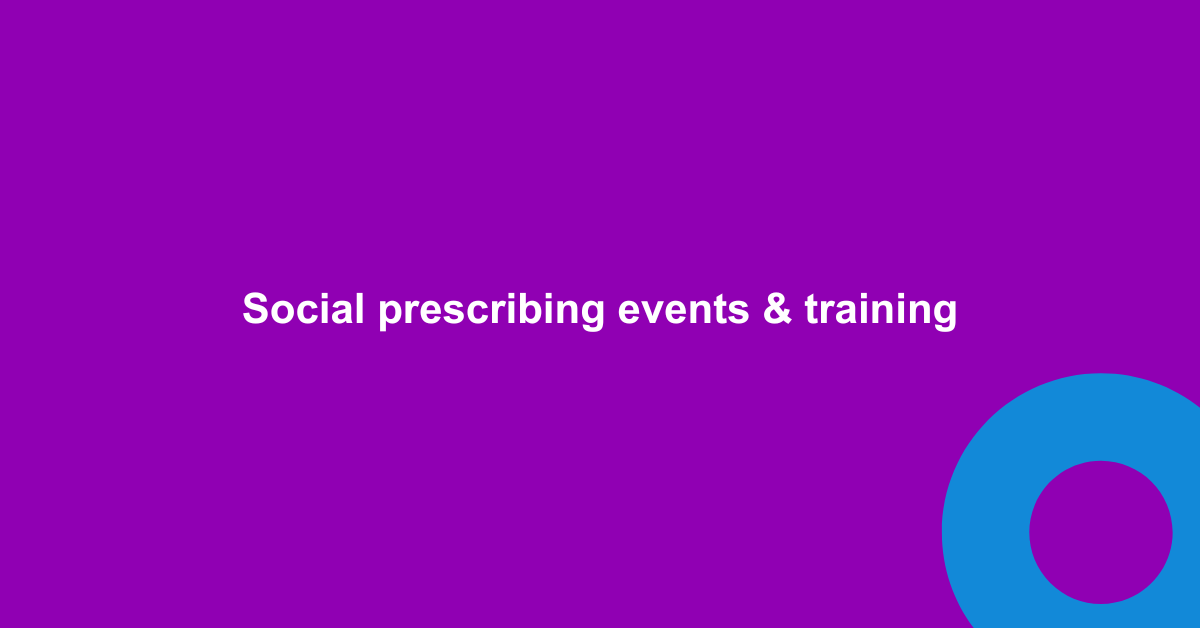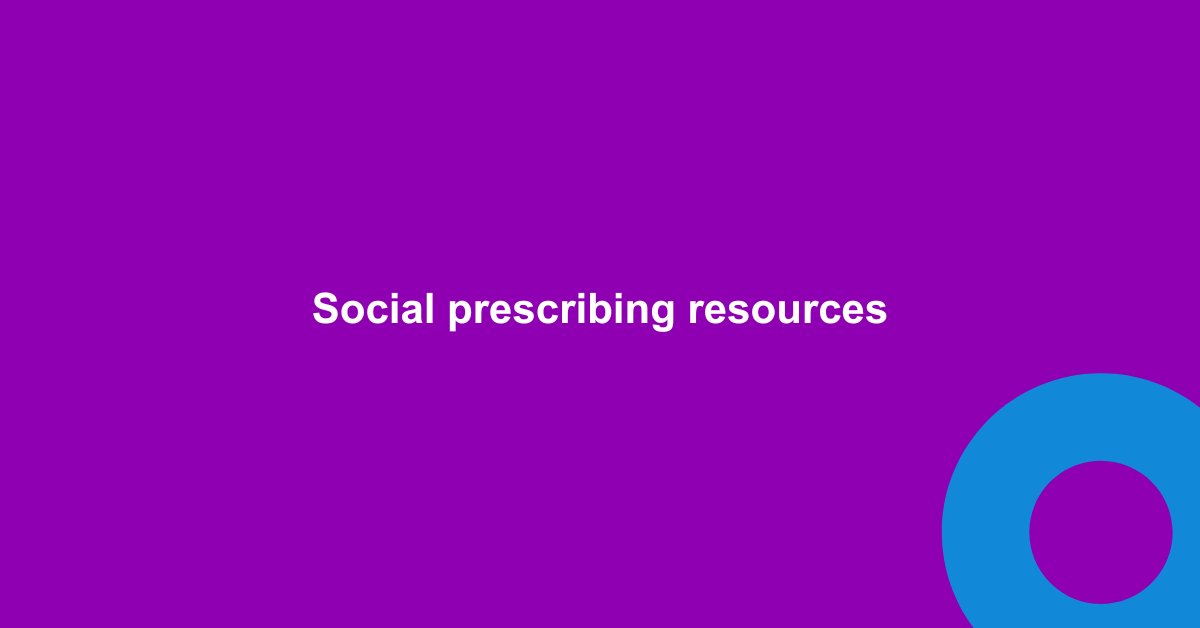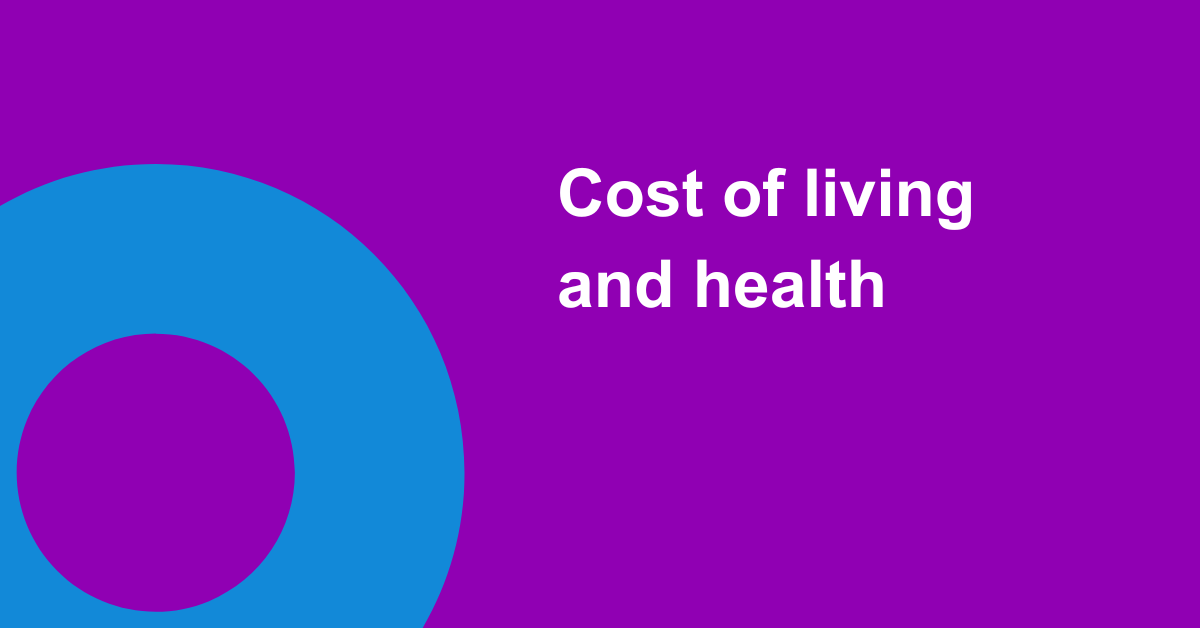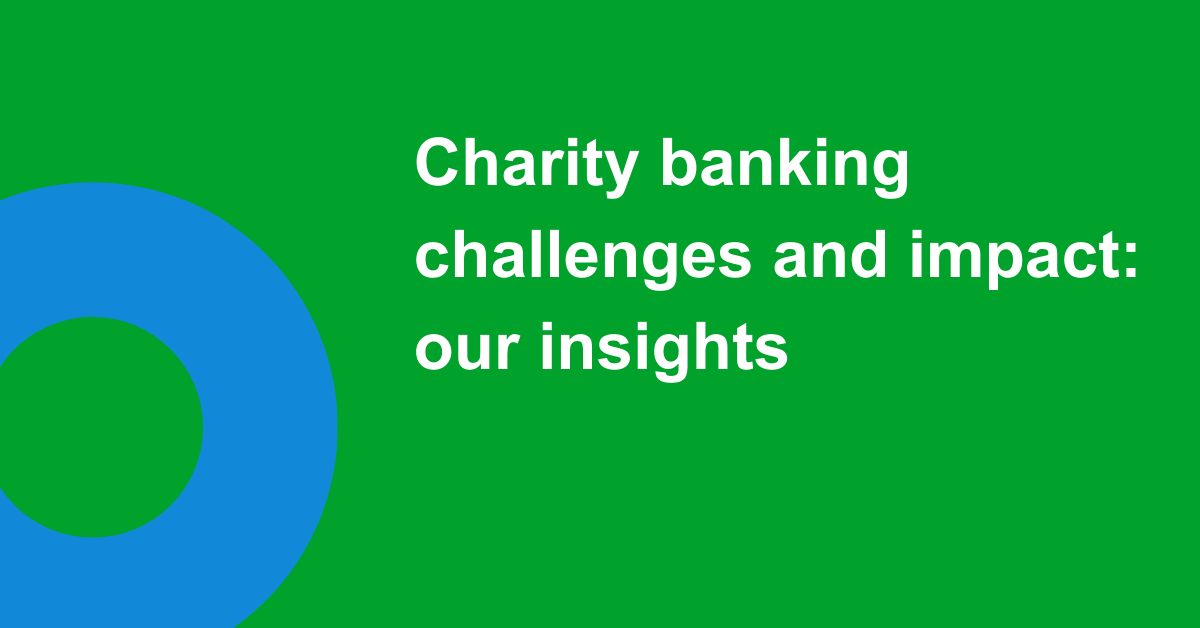This submission is based on voluntary and community sector experiences in London during the pandemic. The lessons, though, are most likely to apply across the whole of the UK.
London Plus supports and champions charities and wider civil society in London. It is a young charity set up with support from a range of London-wide organisations in the statutory and voluntary and community sectors.
Tales of Covid in London
In Sutton, the local volunteer centre arranges for volunteers to collect and distribute PPE to all GP surgeries across the borough every Friday. This service began in April when the NHS Clinical Commissioning Group (CCG) asked for help; it had one central delivery point in the borough and needed a quick way of getting PPE to surgeries.
In Camden, the local infrastructure body, Voluntary Action Camden (VAC), arranges for volunteers from the running charity GoodGym to collect and deliver prescriptions to vulnerable and isolated residents in the borough. This started with lockdown in late March when GPs told patients to call VAC after normal prescription delivery services provided by local pharmacists collapsed.
In Croydon, as lockdown began, a system distributing food aid in the borough was created by Croydon Voluntary Action (CVA) before the local authority managed to set up its hub. The volunteer centre, part of CVA, mobilised from scratch a fleet of up to 85 drivers and vans, drawing on local organisations such as schools and companies who had drivers and vehicles that were not being used. This fleet continues to be active delivering food and medicine across the borough, as well as meeting other community needs.
Stories like these abound. Every borough in London has tales of how local charities and the wider voluntary and community sector responded to the pandemic. These share common themes – an understanding of and responsiveness to local needs, flexibility and the ability to adapt quickly, reacting and taking practical steps ahead of statutory services, subsequent partnership with the local authority to help the most vulnerable.
These examples from Sutton, Camden and Croydon contain clues on how government can help to support, encourage and foster such community spirit and action in the future.
Knowledge, capacity, connections – the elements of infrastructure
Local charity infrastructure played a key role in the examples from Sutton, Camden and Croydon.
The term “infrastructure” does not convey clearly the work of organisations that support local charities and voluntary activities. At its core, infrastructure consists of three things which together provide a backbone for community action:
- Knowledge about the community; the local voluntary and community sector; statutory services; and volunteering.
- Capacity to put this knowledge into practice; to mobilise and direct volunteers; to support local organisations and groups to be effective; resources to work with statutory services to ensure these are well-targeted to communities.
- Connections so local organisations are plugged into the right channels to be useful and effective, including through partnerships with statutory bodies.
If each of the three components functions well, it will be easier to, in the Prime Minister’s words, “maximise the role of volunteers, community groups, faith groups, charities and social enterprises.” We can use this framework to extract lessons based on the experiences in Sutton, Camden and Croydon; or, indeed, from the multitude of similar experiences across other London boroughs during the pandemic.
Lessons
Support local knowledge
Sutton Volunteer Centre knew how to access and support volunteers in the borough (including the first-time volunteers who took on the task of delivering PPE). Voluntary Action Camden knew GoodGym’s model, its local operations and how to use the charity. Croydon Voluntary Action knew local food aid needs in the borough and how to mobilise support quickly.
Each organisation could draw on a deep pool of local knowledge. This knowledge is not created overnight, it is the result of long experience rooted in communities. These organisations’ ability to act swiftly and address acute needs is the return on long investment in knowledge. Such local knowledge does not exist in national organisations.
To maximise the role of volunteers, community groups and others, government should find ways to support the development and maintenance of local knowledge to ensure community needs are understood and ways of addressing them are to hand.
The simplest way to do this is to invest in local infrastructure. This has been denuded of funding historically and it is not safe to assume the knowledge embedded in these organisations will remain. It needs nourishing – to maintain deep roots in communities and a current understanding of needs, as well as to support local voluntary and community groups. Nor is it safe to assume that spontaneous efforts such as mutual aid groups can plug gaps. They need support and, often, direction. The backbone of knowledge and expertise requires investment.
Central government should work with local and regional government to make long-term investments in these organisations. The investment needs are modest – the organisations undertaking this work are small, but achieve huge leverage through reach into communities and the use of volunteers. The returns from a modest investment would help disadvantaged communities, helping the government’s levelling up agenda.
Encourage flexibility
The charities in Camden, Croydon and Sutton could act swiftly because they had flexibility in their staffing which ensured they had the capacity to respond. This is not idle capacity; it is the ability to adjust and shift priorities. Central to having this capability is the structure of funding.
The CCG in Sutton is not paying for the service delivering PPE. The service is possible because the volunteer centre is not constrained unduly by targets. Similarly, pharmacies are not paying for prescription deliveries in Camden; the NHS already funds Voluntary Action Camden to support local patients and GoodGym has its own funding model to coordinate volunteers. Croydon Voluntary Action was able to respond because not all its funding is tied to specific activities.
Charities which have constrained funding through contracts, including those with payment-by- results terms, have found it more difficult to respond during the pandemic. Thankfully, funders have taken a liberal approach to contracted terms to help organisations respond effectively. It would be better if such flexibility was more regularly built into core investments.
Government should make flexible investments in local organisations, ensuring they have the capacity to respond and act on their local knowledge of needs, priorities, and in emergencies.
Foster cooperation
Connections are vital to support voluntary action. GPs in Camden had to be connected to Voluntary Action Camden. The local authority in Croydon needed a strong and trusting relationship with its voluntary sector. The CCG in Sutton needed to know about the volunteer centre. Without these links, it would have been much harder for some of the most vulnerable members of society to get help.
Connections start with a strong local presence and trust. This can be enhanced through structures that build mutual understanding and cooperation.
The local voluntary and community sector and local statutory services work in a way which creates a co-dependency. GP surgeries in Sutton rely on the volunteer centre to deliver PPE. The local authority in Croydon relied on Croydon Voluntary Action to create a system of food distribution for vulnerable residents. GPs in Camden depend on volunteers from GoodGym for their patients to get medication. The voluntary sector in each borough relies, in turn, on the ability of the state to deliver services at scale, to take over responsibility for service delivery, and for funding.
Each side needs the other; each brings different skills and knowledge. But there is a shared set of goals. The pandemic highlights this co-dependency and overlap in values and purpose (if not in mode of working). Recognising and exploiting this co-dependency is an important step towards a better future. (This is not to deny that an important part of the work of the voluntary sector is highlighting unmet needs, neglected voices, and injustices. Most often, though, at a local level, the two sectors have much in common in terms of goals.)
When there is a structure to foster cooperation based on that co-dependency, the two sides can reinforce one another and be more effective. A London-wide example from the pandemic illustrates this.
Acute shortages in food stocks in food banks in a number of London boroughs were spotted by local charities in the run-up to Easter. This led ultimately to an emergency delivery of food to over 30 food banks in nine boroughs over the Easter weekend. A host of organisations were involved in this effort – local food banks, local infrastructure groups (as well as London Plus), regional governmental bodies (the GLA and London Councils, numerous local authorities), as well as the Red Cross to arrange deliveries to food banks.
Each link in the chain was vital and required cooperation and work towards a shared goal. Cooperation was fostered and facilitated through a sub-group of the London Strategic Coordination Group – Funder, Community and Voluntary Sector (FCVS). Without the FCVS group, many disadvantaged Londoners in the most deprived boroughs of the capital could have gone hungry, with dire consequences.
Cooperation comes from connections, communication, shared understanding and trust. Practical steps to foster this should be taken by government. Information sharing, staff swaps, public-voluntary sector forums at local and regional levels would all help.
Building on experience
Across the capital, charities and others have shown the flexibility and adaptability of the voluntary and community sector, combining a knowledge of and sensitivity to local needs, as well as energy and decisiveness. They acted ahead of, and then worked closely with, local statutory services. Their work was not an optional add-on to the government’s response to the pandemic. It was central to the region-wide response.
Thanks to the work of charities and volunteers in London, children and families from disadvantaged communities did not go hungry; people isolated at home got vital medicines; the lonely and isolated were befriended and helped.
Local knowledge, capacity and connections help turn people’s generosity of spirit and desire to help into effective action. Investing in these core elements offers a way to harness further the community spirit correctly identified by the Prime Minister.
The insights and framework outlined in this submission can inform policies across the full range of topics listed in the Prime Minister’s letter – from civil society support for NHS and other public services, to the role of data and technology. London Plus would be happy to discuss how this might be done in practice.
Martin Brookes
Chief Executive
10 July 2020

